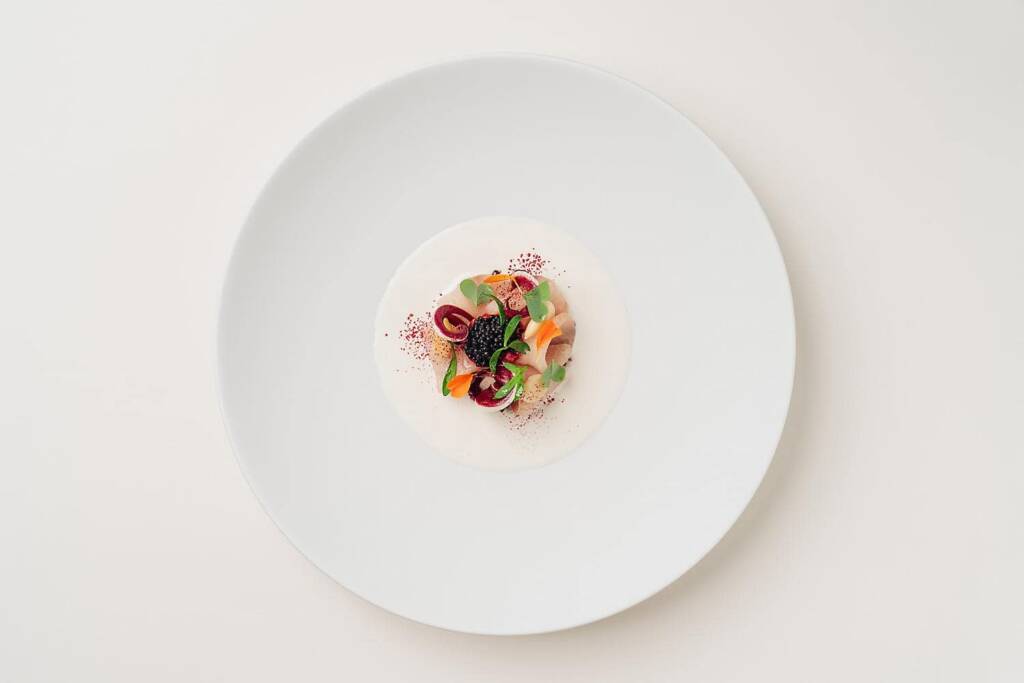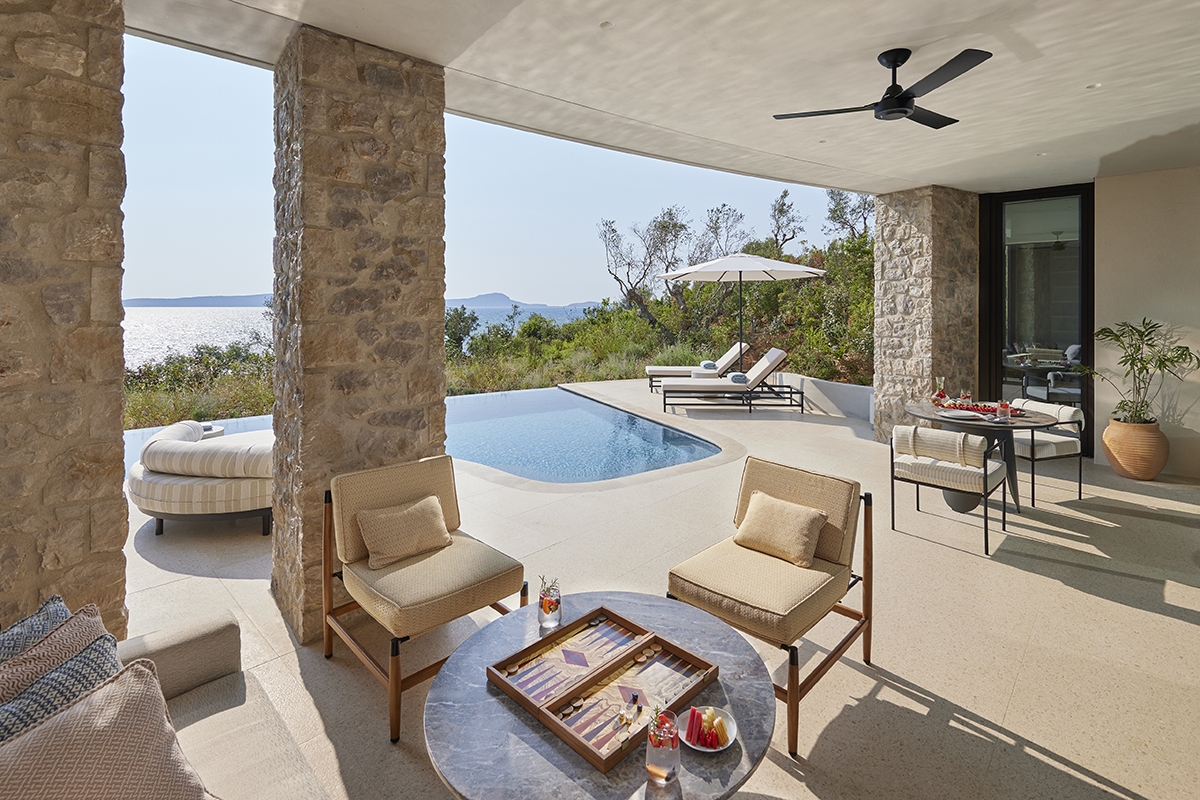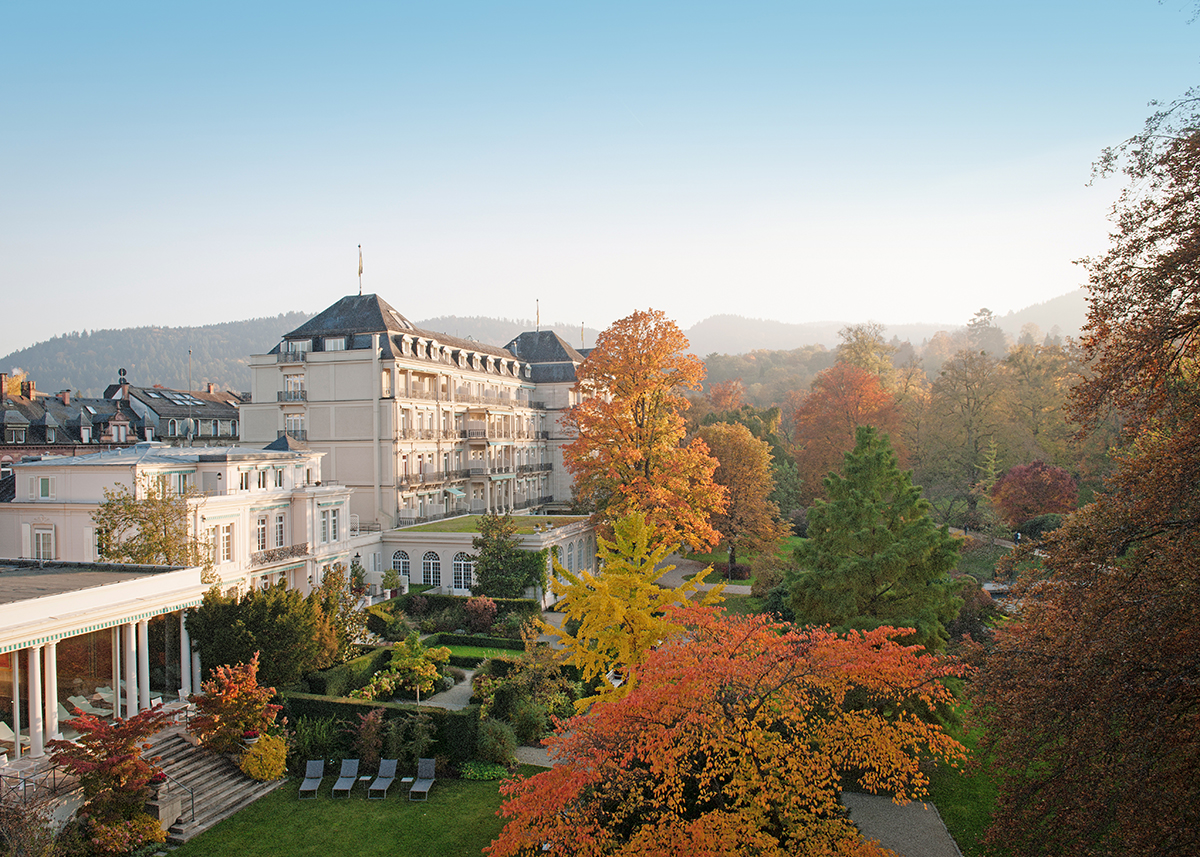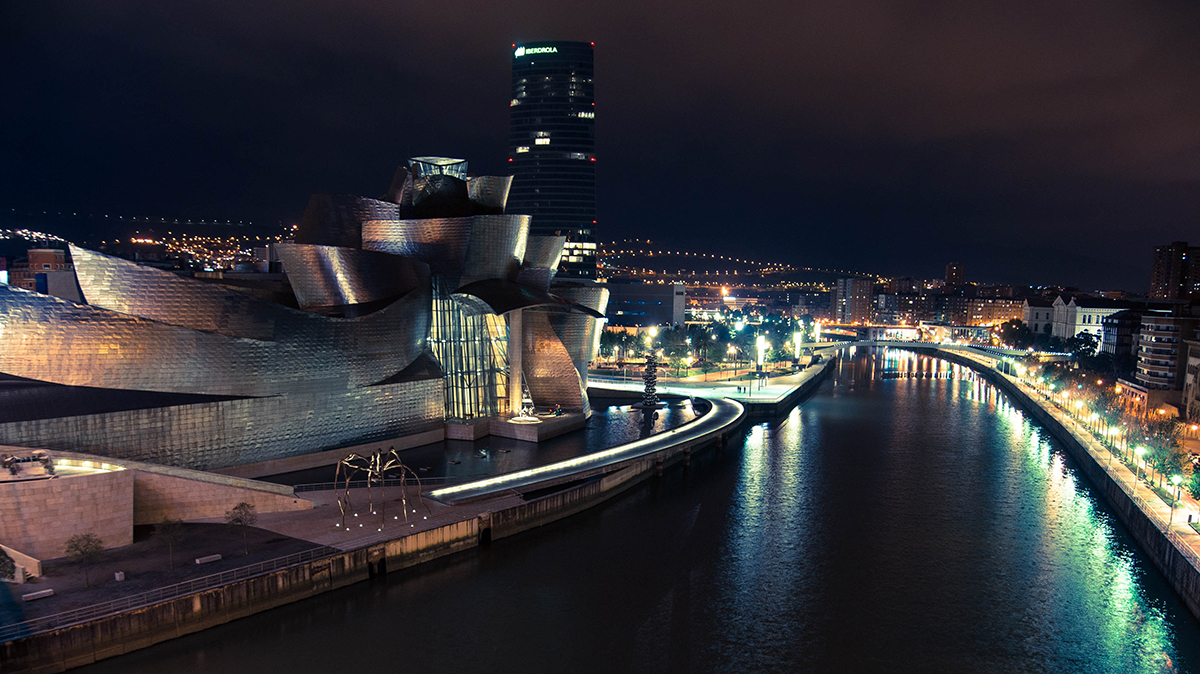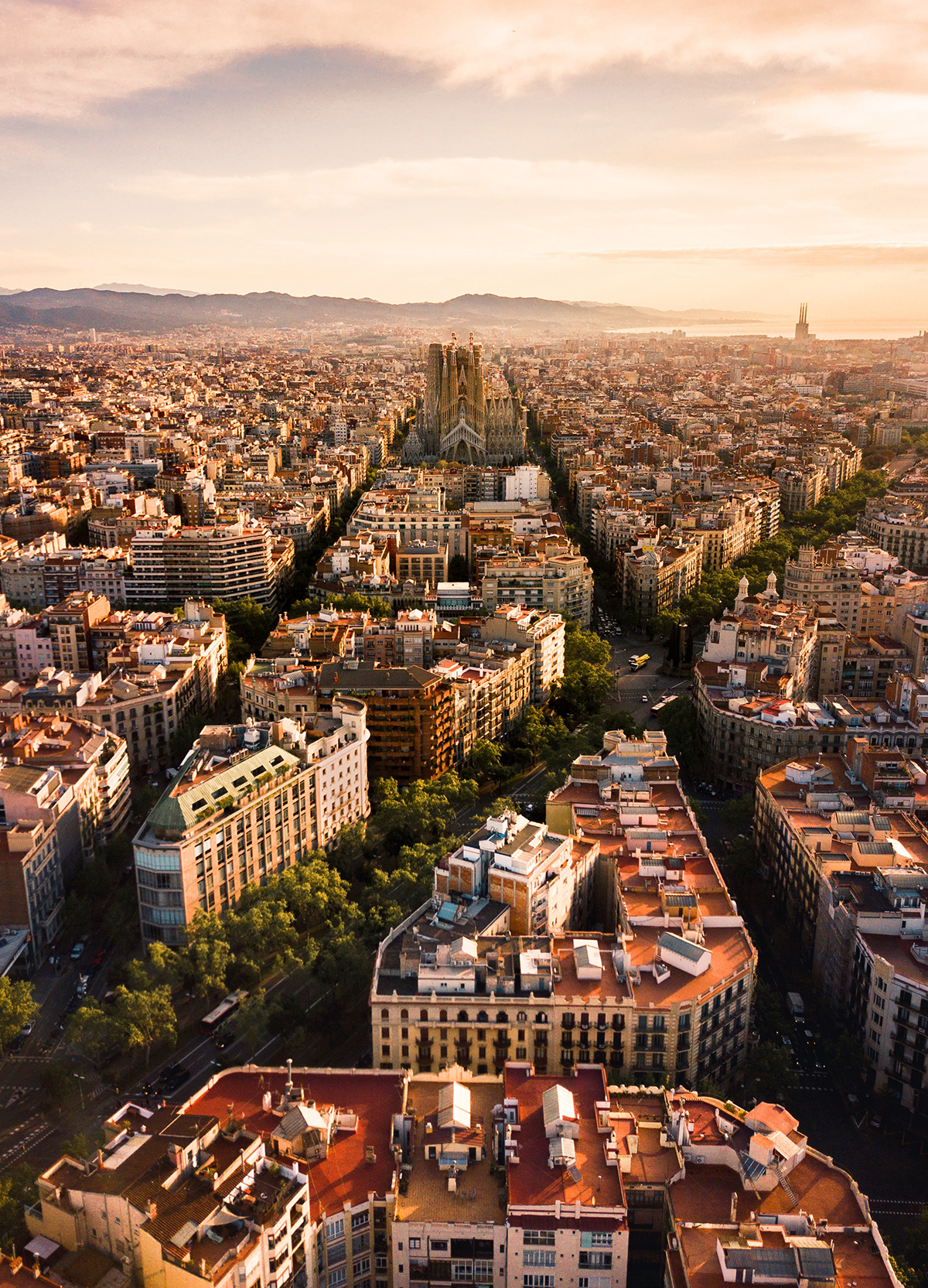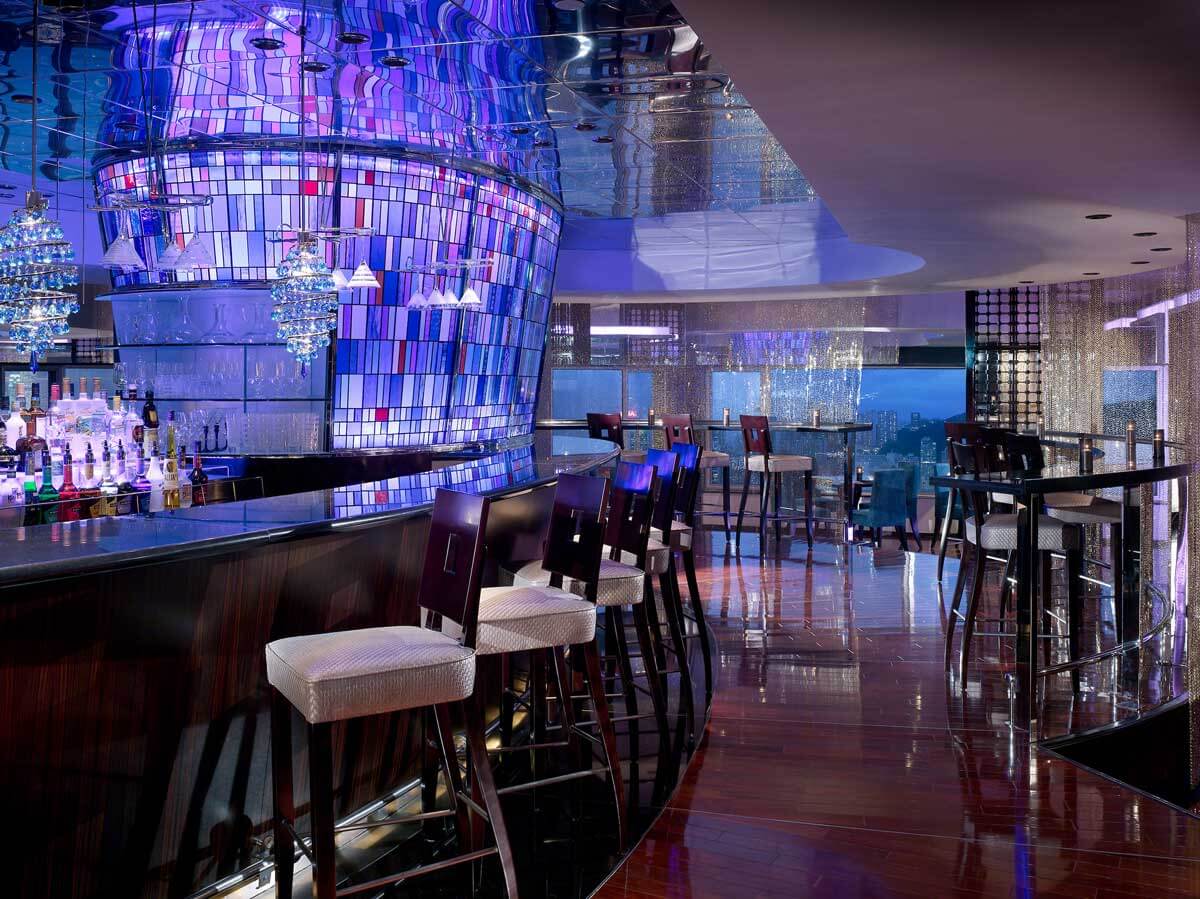
The vision for Bankside Yards, a sustainable and liveable district for London
A new development just across the Thames from the City of London, Bankside Yards will open-up 3.3 acres of riverside public realm and 14 railway arches, integrating retail, bars and restaurants with cultural spaces, offices for global corporates, SMEs and start-ups, within a new residential district mixing affordable and private housing with branded residences and a Mandarin Oriental hotel. The Executive Director of Developer Native Land, Nicholas Gray, speaks with LUX about building a sustainable, liveable district for London
LUX: Please share with us the vision for Bankside Yards
Nicholas Gray: Bankside Yards has been designed as a new hyper-mixed destination by Native Land, aimed at transforming the South Bank and allowing members of the public to move freely along the Thames Path. The octet of new buildings on the 5.5-acre site will be Net Zero in operation; four will be dedicated to residential and will comprise approximately 600 homes, both private and affordable. The first, Opus, will be the tallest residential building in prime central London when complete and will be launching sales in Spring 2025. Three have been designed as next-generation workspaces with the flagship, Arbor, already complete. This ESG-focused building has achieved record rents for the South Bank and has been 75% let, including to NYSE and FTSE-100 listed firms. We’re hugely excited by the potential of this future riverside community and are delighted to be joined by renowned international brand, Mandarin Oriental, which will open its third London hotel at Bankside Yards in 2028.
Follow LUX on Instagram: @luxthemagazine
The rail viaduct, a key remnant of Southwark’s industrial heritage, forms the spine of the masterplan. The 14 historic arches, which have been closed for 150 years, will be transformed into 50,000 square feet of amenity, retail, bar, restaurant and cultural spaces for residents and the public to enjoy. Each element will be surrounded by 3.3 acres of new ‘greened’ public realm and will be powered by a cutting-edge 5th generation energy sharing network – the first of its scale in the UK.

Nicholas Gray, Executive Director, Native Land
LUX: How will this hyper-mix of uses connect with the future city?
NG: Bankside Yards will open-up an important piece of London with amazing transport connections and, as a London-based developer, Native Land is keen to contribute to the rich mix of the South Bank by creating a place that’s accessible, enjoyable and productive.
At 1.4 million sq ft, Bankside Yards is one of the most significant developments underway in the capital. This future-focused regeneration project will deliver a world-class mix of prime riverside residential, HQ workplaces, 5-star hospitality space and exceptional private and public amenities, on a scale that reflects the site’s strategic location in a global gateway city. Native Land’s early successes in the area reflect a growing desire from a new generation of business leaders, employees, and homebuyers to leave behind the monocultures of traditional commercial or residential markets in favour of more authentic and inspiring urban neighbourhoods.
The domestic and global appeal of Bankside Yards has already been evidenced by the occupiers and operators who have already committed to the development: Mandarin Oriental Hotel Group, Merlin Entertainments, Smith Group plc, Lewis Silkin, Winckworth Sherwood, The Carbon Trust, Wipro and Flutter. Bankside Yards is meeting the growing demand from both residential buyers and commercial occupiers to live and work in a more responsible, health-conscious, and sustainable way.

‘A world-class mix of prime riverside residential, HQ workplaces, 5-star hospitality space and exceptional private and public amenities, on a scale that reflects the site’s strategic location in a global gateway city’ – Nicholas Gray
LUX: What is the potential local benefit for the London Borough of Southwark?
NG: We believe Bankside Yards will cement the area as London’s leading destination for culture. One of the most exciting regeneration schemes to hit the UK in many years, we see this as an opportunity to transform this disconnected area of London, paving the way for future smart living and working in the capital.
The previously closed site will provide a brand-new lifestyle offering for the South Bank; across retail, cultural and amenity spaces. With 50% of the development allocated to public realm, Bankside Yards will create a varied and active new neighbourhood for Southwark, encouraging and complementing business growth and enriching the renowned arts institutes and thriving performing arts venues nearby.
In addition, the development will deliver hundreds of new homes, including apartments for private sale and rent, on-site affordable housing and a financial contribution of at least £65 million to Southwark Council to deliver new housing across the borough.

‘Bankside Yards will cement the area as London’s leading destination for culture’ – Nicholas Gray
Finally, renowned hospitality brand Mandarin Oriental will be opening its third London hotel, a move that will positively impact not only the Bankside locality but also the wider area. This is an important element in our intention to offer the very best amenities side-by-side with cultural institutions, top-tier businesses and a rich and varied community.
LUX: How do you embed sustainability throughout the development process?
NG: Bankside Yards is the UK’s first major mixed-use fossil fuel-free development in operation. The integrated 5th Generation energy sharing network – the first of its scale in the UK – enables each building to ‘extract’ or ‘reject’ energy into a single thermal network serving the entire development, significantly reducing operational energy throughout. The initial two buildings at Bankside Yards, Arbor and Opus, will enjoy the benefits of the energy-sharing network from the outset, and the benefits will be enhanced as each new building is completed and added to the network.
Read More: Mercedes-Benz AMG GT 63 review
In addition, all of Bankside Yards’ eight buildings will be all-electric and we are sourcing power from renewable sources. The buildings will use heat pumps, high efficiency building services systems, and optimised façades. During the development process, an underground logistics network will minimise disruption, congestion and truck movements within the local area. This means there will be no ground-level loading bays, releasing over 10,000 sq ft (8% of the total public realm) of additional above-ground space for biodiversity, public space, amenity and active frontages.
We are also creating 3.3 acres of new ‘greened’ public realm which includes planting 150 new trees of 20 different species and creating biodiverse roofs on six of the development’s eight buildings. This will support the mayor’s commitment to a 10% increase in London’s tree canopy cover by 2050. Future residents and visitors will also be able to take full advantage of the integrated electric car charging points and 284 bike stations.
LUX: What differentiates the net zero strategy at Bankside Yards?
NG: The big advantage we have at Bankside Yards is that we are a large-scale, mixed use, 24/7 development that is under the control of a single ownership. That allows the delivery of innovative engineering solutions such as the 5th generation energy system, the first of its kind in the UK.

A streetview of Bankside Yards, featuring The Arches
Climate change is perhaps the largest disruptor to the way we will live in the future. However, we cannot stop building, therefore it’s logical that we build and operate our buildings more sustainably. Bankside Yards is a leading example of how we can do that. Native Land’s approach has been to design buildings that use much less carbon to build and operate. We then use energy from renewable ‘green’ sources for the remaining requirements necessary to operate the development, in a comfortable and efficient way for its occupants. Having a mixed-use development which has 24/7 uses and activities within it, means that energy can be shared between the buildings in an optimised way during different periods of the day or climate cycles.
LUX: Where could you see similar opportunities to increase the pace of decarbonisation in the UK?
NG: In order to reduce substantially the impact that the built environment has on climate change, developers need to encourage and promote bold innovative solutions that can serve as influential examples and lead the way forward. Additionally, we must design with the recognition that what we build must serve the needs of our communities and many future generations. I believe that we will be successful in doing both with Bankside Yards and that it will serve as an exemplar in this regard.
Bankside Yards is a partnership between Native Land, Temasek, Amcorp Properties, and Hotel Properties Limited of Singapore










